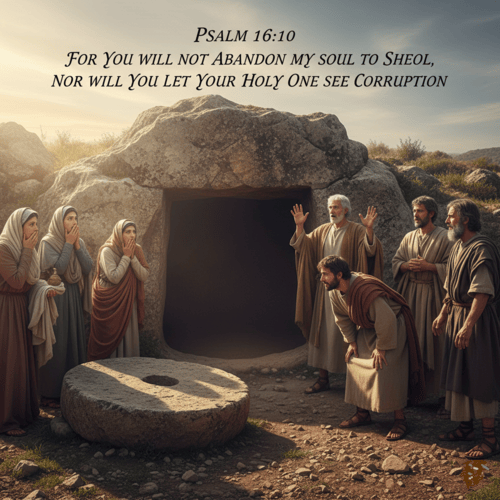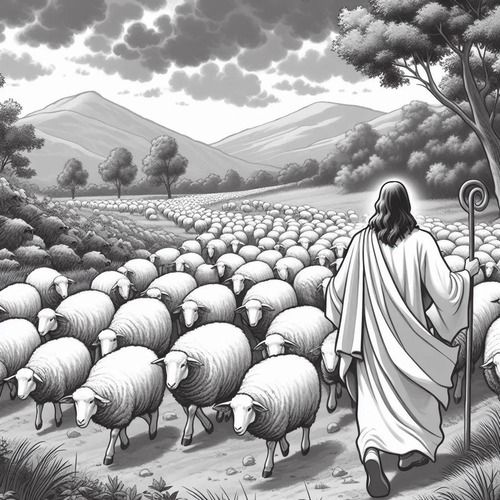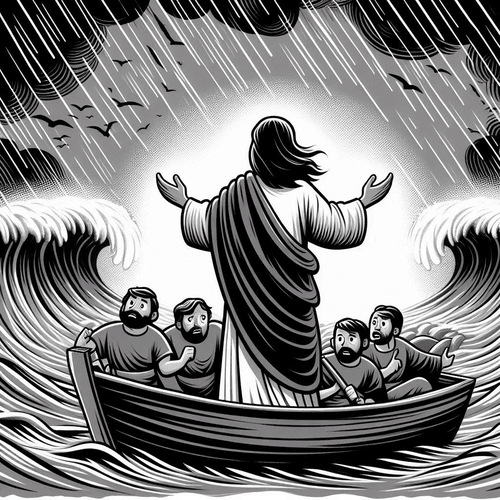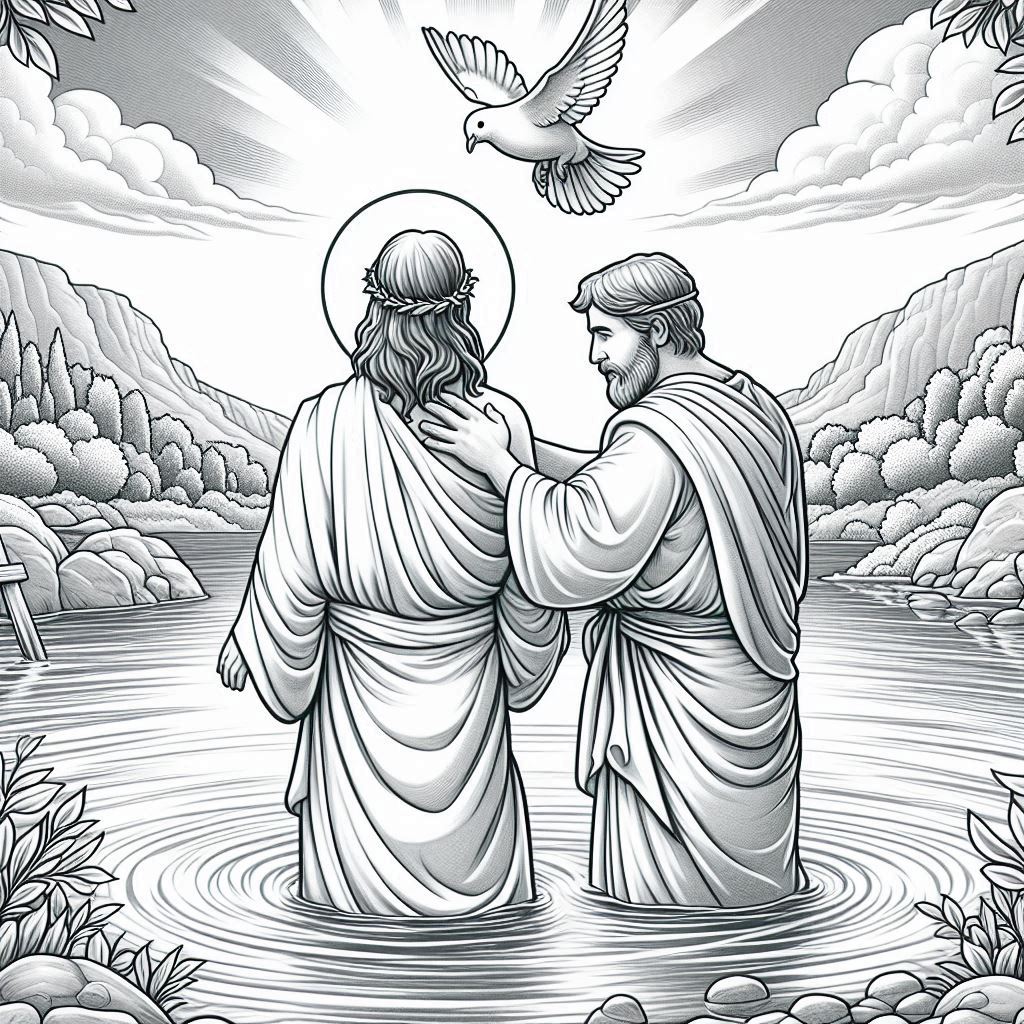Hosea & Gomer: Why God Commands a Prophet to Marry a Prostitute
WHEN A MARRIAGE BECOMES A SERMON: ON GOD’S RADICAL LOVE…
The command is jarring, even offensive to our modern sensibilities: “Go, take to yourself a wife of whoredom” (Hosea 1:2). How could a holy God command His prophet to marry a prostitute?
The divine instruction seems to contradict everything we know about God’s design for marriage, His hatred of sexual sin, and His call for His people to be set apart. Yet here, in the opening verses of Hosea, we find precisely this command—one that has puzzled readers for millennia and continues to challenge our understanding of God’s ways.
HOSEA & GOMER—THE HISTORICAL SETTING
It was 8th century BC: a dark time in Israel’s history. Despite material prosperity, the Northern Kingdom was spiritually bankrupt. The people had turned to Baal worship, believing the pagan deity could provide fertility and abundance. Spiritual adultery was rampant, with Israel breaking its covenant with Yahweh through idolatry and injustice. As John Calvin notes in his commentary, “The Israelites had then become so hardened in their superstitions, that no ordinary means could bring them back to the right way.”
In this context, God chose an extraordinary means to communicate His message. Just as Israel had prostituted herself with false gods, God would command His prophet to marry a woman of prostitution, creating a living parable of His relationship with His people.
THE DIVINE COMMAND IN CONTEXT
The Specific Command: The Hebrew phrase, eshet zenunim, translated as “wife of whoredom,” has generated considerable scholarly debate. Was Gomer already engaged in prostitution when Hosea married her, or would she later become unfaithful? Reformed commentator Matthew Henry argues she was likely already known for promiscuity, making God’s command even more striking.
Reformed Interpretations: Calvin insists this was a real historical event, not merely a vision or allegory. “It was necessary that the Prophet should have a wife of whoredom,” he writes, “that the people might see, as in a living mirror, their own turpitude and wickedness.” This interpretation underscores the radical nature of God’s communicative act—He was willing to command something shocking to shake His people from their spiritual complacency.
Reformed scholars have offered nuanced interpretations of God’s command to Hosea. Matthew Henry, in his Complete Commentary, argues Gomer’s status as a “wife of whoredom” was providentially designed to make the prophet’s domestic life a living sermon of God’s relationship with Israel. He writes that this painful command was “for the glory of God and the honour of prophecy.”
Michael Barrett, in his work Love Divine and Unfailing: The Gospel According to Hosea, emphasises Hosea’s marriage wasn’t merely symbolic but a historical reality that God used to demonstrate the depth of His covenant love. Barrett particularly notes the prophet’s personal anguish became a vehicle for understanding God’s heart toward His unfaithful people.
THE THEOLOGICAL SIGNIFICANCE
God’s Covenant Relationship with Israel: The marriage metaphor appears throughout Scripture, particularly in the prophets. In Ezekiel 16, God describes finding Israel as an abandoned infant, raising her to maturity, and entering a marriage covenant with her—only to have her turn to prostitution with other nations and their gods. Jeremiah 3 similarly depicts Israel as an unfaithful wife who “polluted the land, committing adultery with stone and tree” (Jer. 3:9).
Prophetic Symbolism: Hosea’s marriage becomes a living sermon, with even his children’s names carrying prophetic significance: Jezreel (“God scatters”), Lo-Ruhamah (“No Mercy”), and Lo-Ammi (“Not My People”). Yet the story doesn’t end with judgement. In chapter 3, God commands Hosea to redeem his unfaithful wife, paying the price to bring her back—a powerful picture of God’s own redemptive love.
THE GOSPEL PICTURE
God’s Pursuing Love: The book of Hosea reveals a God who pursues His people despite their unfaithfulness. When Hosea purchases Gomer back from slavery (Hosea 3:2), we see a preview of Christ’s redemption of His church. As Paul would later write, “Christ loved the church and gave himself up for her” (Ephesians 5:25).
Redemptive Themes: The marriage of Hosea and Gomer ultimately points to the greater marriage of Christ and His church. In Hosea 2:19-20, God promises to betroth His people to Himself forever “in righteousness and in justice, in steadfast love and in mercy.” This promise finds its fulfillment in Christ’s covenant with His church.
HOSEA & GOMER—CONCLUSION
God’s command to Hosea wasn’t a setting aside of His marriage laws but rather a profound demonstration of their deeper meaning. Marriage was created to picture Christ’s relationship with His church (Ephesians 5:32). In commanding Hosea to marry Gomer, God wasn’t endorsing prostitution or undermining marriage; He was revealing the lengths to which He’d go to demonstrate His covenant love for His wayward people.
The story of Hosea and Gomer challenges our understanding of divine love. It reveals a God who’s willing to enter into the mess of human sin and brokenness to demonstrate His redemptive purposes. In the end, the shocking command to Hosea serves not to undermine God’s holy standards but to reveal the radical nature of His grace—a grace that would ultimately be displayed in Christ, who did not shrink from being called “a friend of tax collectors and sinners” (Matthew 11:19) and who gave His life to redeem His unfaithful people.
Far from compromising God’s holiness, this extraordinary command reveals its depths. For in Hosea’s faithful love for an unfaithful wife, we see a picture of God’s own faithful love for His unfaithful people. It’s a love that would eventually lead to the cross, where Christ would pay the ultimate price to redeem His bride.
HOSEA & GOMER—RELATED FAQs
How does Hosea’s marriage to Gomer demonstrate God’s love for unworthy people? Hosea’s marriage powerfully illustrates that God’s love isn’t based on the worthiness of its recipients. Just as Hosea was commanded to love and redeem Gomer despite her unfaithfulness, God pursues His people not because of their merit, but because of His sovereign choice to love them (Hosea 14:4). This demonstrates that divine love is not earned but freely given, setting the pattern for the gospel itself.
- What makes covenant faithfulness “radical,” and how does Hosea illustrate this? The radical nature of covenant faithfulness is seen in its persistence despite betrayal. When Hosea purchases Gomer back from slavery (Hosea 3:1-3), we see a stunning picture of covenant love that goes beyond contractual obligation. This kind of faithfulness is radical because it continues even when the other party has completely violated the covenant terms—just as God remains faithful to His people despite their spiritual adultery.
- What hope does the book of Hosea offer to those who have wandered far from God? Hosea presents extraordinary hope through God’s promise of restoration: “I will heal their apostasy; I will love them freely” (Hosea 14:4). The book shows that no one has wandered too far for God’s pursuing love. Just as Gomer was bought back from slavery, God promises to redeem and restore those who return to Him, showing that His love is stronger than human unfaithfulness.
Does God’s command to Hosea compromise the sanctity of marriage? Rather than compromising marriage’s sanctity, God’s command to Hosea actually elevates it by revealing marriage’s deeper spiritual significance. The command demonstrates that marriage was designed from the beginning to picture God’s covenant relationship with His people (Ephesians 5:31-32). Hosea’s faithful love within a difficult marriage reveals the sacred nature of the covenant bond.
- How should we understand God’s sovereign purposes in painful circumstances like Hosea’s? God’s sovereignty in Hosea’s situation reveals how He can use even painful circumstances for redemptive purposes. The prophet’s personal suffering became a powerful testimony to God’s own heart toward His unfaithful people. This shows how God’s sovereignty encompasses even our deepest hurts, weaving them into His larger purposes of revealing His character and love.
- What does divine condescension in Hosea teach us about God’s character? Divine condescension in Hosea shows God’s willingness to enter into the messiness of human experience to communicate His truth. By commanding Hosea to marry Gomer, God demonstrates His willingness to identify with human pain and suffering. This foreshadows the ultimate divine condescension in Christ’s incarnation, where God Himself entered human experience to redeem His people.
How does Hosea’s story speak to the possibility of restoration in broken relationships? Hosea’s redemption of Gomer provides a powerful model of restoration through costly love. The story shows genuine restoration requires both grace from the wounded party (as Hosea demonstrated) and a period of reformation (as seen in Hosea 3:3-4). It reveals that true restoration is possible but typically involves both mercy and transformation, pointing to how God restores His relationship with His people through Christ’s redemptive work.
HOSEA & GOMER—OUR RELATED POSTS
Editor's Pick

No Decay, No Defeat: What It Means That Christ’s Body Saw No Corruption
On the Day of Pentecost, Peter stood before thousands and made a startling claim: David's body decayed in the tomb, [...]

GPS Without Eyes: How Ants Silently Shout Intelligent Design
Picture a leafcutter ant navigating the rainforest floor in pitch darkness, carrying a leaf fragment 50 times its body weight. [...]

Does God Truly Care About My Everyday Choices?
We believe God created the universe. We believe He orchestrated the exodus from Egypt and raised Jesus from the dead. [...]
SUPPORT US:
Feel the Holy Spirit's gentle nudge to partner with us?
Donate Online:
Account Name: TRUTHS TO DIE FOR FOUNDATION
Account Number: 10243565459
Bank IFSC: IDFB0043391
Bank Name: IDFC FIRST BANK






